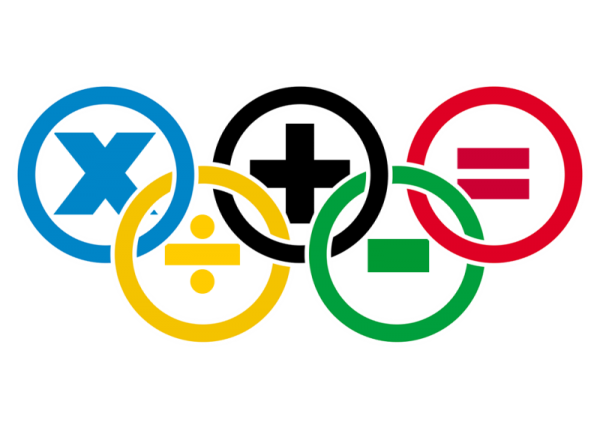Antoine Boutros - Fractal Mathematics (3)
In order to draw the fractal forms that facilitate seeing the transition from order to chaos, one needs three aids. Conversely, drawing a circle or a square requires only one: length. This is why these shapes are simple while fractals are complex. The three aids necessary to draw fractals are: the length, which is doubled each time the height of the figure is doubled and the dimension ‘B’, the most important and imagination-triggering aid which stands somewhere between 1 and 2 and controls the relative numbers determining the curves
Fractal geometry governs the relative size of both small and large structures. A natural scenario generated by computer graphics can be of a dimension varying between 2 and 3. If it were closer to 2, the figure would comprise a large mass with small gaps. If it were closer to 3, it would then include several medium-sized hills and a few large ones, if any were to be included at all.
In other terms, the symbol (B) is the fractal dimension, which differs clearly from the traditional concept measuring dimensions. Going back to what we had mentioned about phase space, the traditional concept of dimension manifests itself plainly to us and we can sum it up by the coordinate or the different coordinates necessary to determine the position of a point in the space. On a straight line, we need one coordinate. On a natural scene or surface, two are needed. But when it comes to fractals, the dimension has several determinations and therefore different numerical values.
The third aid required to draw fractals is the ‘seed’ or the coincidence factor, in the sense of random variable. In order to understand the role of this aid, we need a coin and a white paper. We start by selecting a point anywhere on the page and then we draw ourselves two bases. Assume that the coin has two distinct sides: heads and tails. If the coin is flipped with its heads side facing up, the point moves 2 centimeters to the north-east of the page. When it lands on its tails position, we move 25% to the center. Then we continue to flip the coin and move the pen on the paper according to what each side of it dictates. This method is applied on a computer to develop a coincidence factor in the direction of the figure. Although the nature works in an even more complex manner, the computer program is supplied with a specific number for the potential results and operates within its limits.
The execution of these figures requires different instructions. If we order the computer to draw a circle, it will complete the task, then stop. However, drawing fractals necessitates programming the computer so that it would continue to draw infinite chains. In other words, once the computer completes a simple and specific task and works out an inclined line with minimal details, it starts immediately to repeat the same task at a smaller length scale, thus generating similar smaller details indefinitely. The proportion between the different length scales is the factor (B) which we referred to as the second aid for fractal drawing. As a matter of fact, repetition is the artifice that enables geometric shapes involving several length scales to change the simplest geometric shapes. The interrupted chain, meaning that which is drawn after a specific number of steps, is much simpler than the continuous chain because the computer is instructed to know where it should stop and where it should insert an addition, just like a meter. When the figure is free of chains, the outcome is often an extremely smooth and sleek shape. In contrast, when chains are involved, the shape becomes highly rough and irregular, more like the terrains of beaches and islands. The inner lining of the lung, the beach terrain and the distribution of stars all follow the same stretched fractal pattern.








Leave A Comment